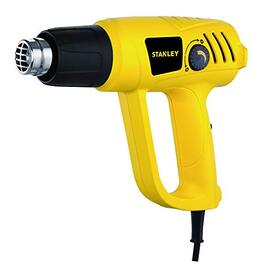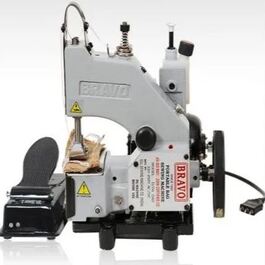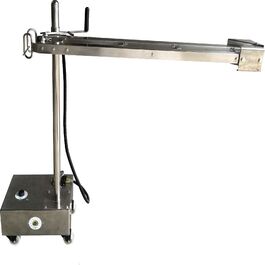Description
Applications:
Paint stripping: Hot air guns can be used to soften and remove old paint from surfaces such as walls, furniture, and cars.
Welding: Hot air guns are used in plastic welding to join two pieces of plastic together by melting and fusing them.
Shrinking: Hot air guns are used to shrink heat-shrink tubing, which is a type of plastic tubing that shrinks when heated to provide a protective covering for wires and cables.
Thawing frozen pipes: Hot air guns can be used to thaw frozen pipes by directing the hot air at the frozen area until it thaws.
Removing adhesives: Hot air guns can be used to soften and remove adhesive residue from surfaces such as floors, countertops, and walls.
Bending and shaping: Hot air guns can be used to soften and bend plastic materials, such as PVC pipes or sheets, to create custom shapes.
Removing rusted bolts and nuts: Hot air guns can be used to heat and expand rusted bolts and nuts, making them easier to remove.
Drying and curing: Hot air guns can be used to dry or cure certain materials, such as paint, glue, or putty.
Overall, hot air guns are versatile tools that can be used for a wide range of tasks in various industries and for personal use.
Stanley Features :
The Stanley hot air gun is a versatile tool that can be used for a variety of tasks such as stripping paint, thawing pipes, shrinking tubes, and loosening rusted nuts and bolts. It works by blowing hot air onto the surface, which softens the material and makes it easier to remove or manipulate.
In terms of quality specification, the Stanley hot air gun should have a powerful motor that can generate enough heat and airflow to handle a wide range of tasks. It should also have adjustable temperature and airflow settings to allow for precise control over the amount of heat and air being applied. The tool should be durable and well-made, with a sturdy handle and a balanced weight distribution to reduce fatigue during prolonged use.
When using a hot air gun, it is important to follow safety guidelines to avoid injury or damage to the work piece. This includes wearing protective gear such as gloves and goggles, keeping the gun away from flammable materials, and not directing the hot air at people or pets. The gun should also be used in a well-ventilated area to avoid inhaling any fumes or dust that may be released during the heating process.
Overall, the quality of a Stanley hot air gun should be high enough to ensure that it is safe and effective for a variety of tasks, while also being easy to use and maintain.





